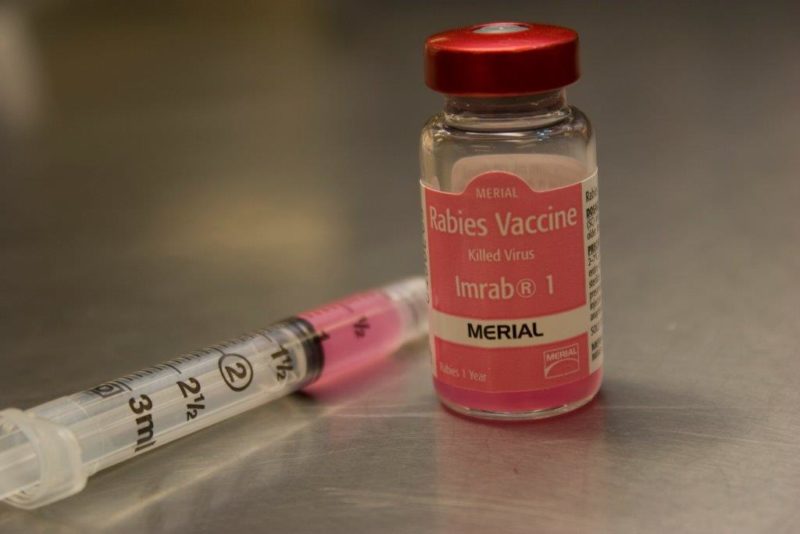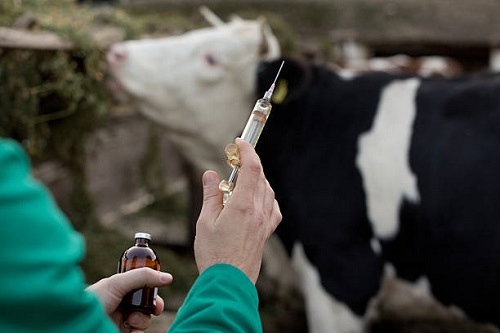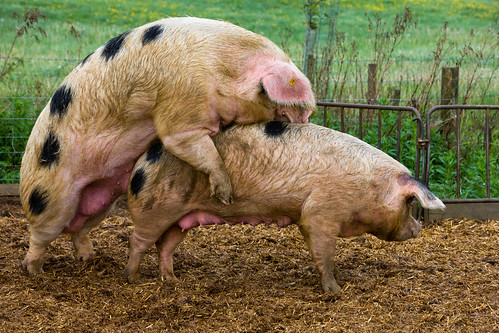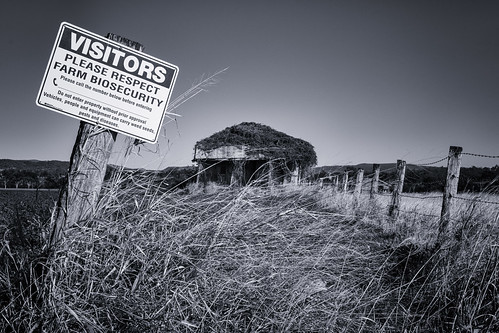The implications of an outbreak of the diseases are very serious and result in a heavy economic loss. Though, vaccines give proper protection to the host, provided they are used at the proper time, age and method, any negligence in this regard results in severe complications. Therefore, a thorough understanding of vaccines is important.
What is a Vaccine?
A vaccine is a modified form of micro-organism used for immunization. It contains small, carefully measured quantities of the micro-organism that causes a particular disease either in live or attenuated form. A vaccine contains specific biological substances called antigens (Ag). These biological substances may be live, attenuated or killed. When antigens enter the body, they are recognized as foreign bodies and the body responds by producing antibodies (Ab).
How Vaccines Work
The introduction of a vaccine into the body exposes the host to a mini dose of the disease-carrying organisms. Immediately the host’s defense mechanisms produce large numbers of antibodies that neutralize the virus and render it harmless. These antibodies remain in the bloodstream and make the animal immune to that particular disease so that it will be protected even if it is later exposed to dangerous levels of the virus as in a disease outbreak. The period of immunity that the vaccine produces varies from vaccine to vaccine. Vaccines have limitations in that they can only prevent diseases; they cannot cure them.
Types of Vaccines
There are three basic types of vaccines.
- Live or Attenuated vaccines
- Killed or inactivated vaccine
- Toxoids
1. Live or Attenuated Vaccines
As the name indicates, they contain live attenuated organisms. Attenuation is a process by which the pathogenicity, i.e. the capability of producing a disease, is brought down without disturbing the immunogenicity i.e. the capability to produce antibodies. When these antigens are administered into the body, the body responds and produces antibodies against them in individual future attacks.
2. Killed or Inactivated Vaccine
These vaccines contain pathogens (virus/bacteria) that have been chemically inactivated so that they will produce immunity but are unable to cause/transmit the disease. They are killed in such a manner that the part of the pathogen which injures the animal and allows the pathogen to multiply is destroyed, leaving the immunity stimulating portion of the pathogen intact.
3. Toxoids
These vaccines are prepared from inactive or specific parts or products of an infectious organism. In this case, the very potent and harmful bacterial proteins such as toxins like the diphtheria toxin or tetanus toxin are treated in such a way so as to render it harmless but still be able to stimulate an immune response against molecular shape. The presence of protective antibodies in the animal’s body against these toxins prevents harm from the real toxin when the host happens to be infected with the bacterium that produces these toxins.



